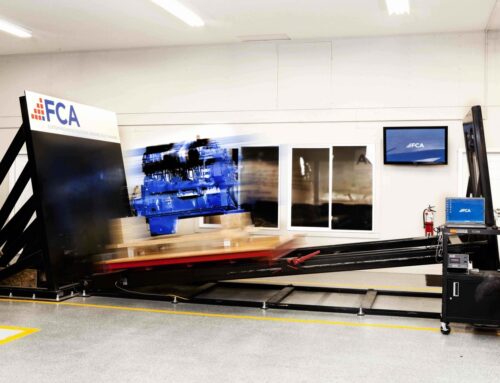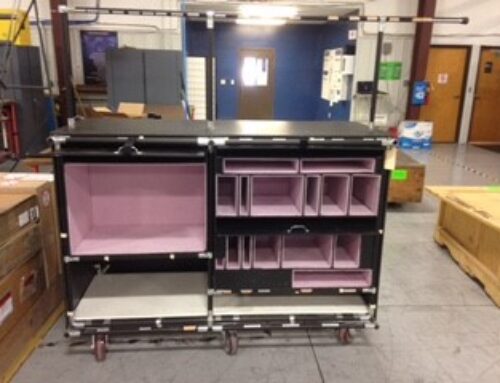As we’ve discussed extensively in the past, what sets FCA Packaging apart is our ability to completely customize protective packaging for any product, right down to the material we use. Our standard materials are wood, plastic, steel, a hybrid of materials, and engineered wood. Engineered wood is not a topic that many people know a lot about, and in order for you to understand why it may be the best choice for your packaging, we’d like to explain just exactly what engineered wood is and why we use it in our protective packaging solutions.
What Is It?
If the term “engineered wood” is completely foreign to you, you may have heard it referred to by other names such as “man-made wood”, “composite wood”, or “manufactured board”, which all nod to the definition of the material. Engineered wood is man-made and is essentially composed of wood and various types of adhesive or other methods of fixation. The adhesive is bound or fixed to the board of wood through the wood’s fibers and particles, strengthening the already strong natural wood. OSB and Plywood are examples of engineered wood, but FCA has access to timbers as well as panels in engineered wood at a price point lower than anyone in the market can achieve. This is what sets FCA apart. Our ability to procure, and design with weight-bearing structural beams and planks with a material (engineered wood) that is more price stable, more consistent in strength properties, and completely ISPM-15 compliant.
How Strong Is It?
You can sort of think of engineered wood as natural wood on steroids. While maintaining all of the natural strength of wood, engineered wood is further strengthened by fixation methods. It is still largely natural, which makes its strength that much more impressive, and can even be used to replace steel in various building projects. More importantly, it is more “consistent” than traditional lumber in that it is not subject to some of the natural characteristics like knots and splits that may make soft and hardwood lumber more risky.
Familiar Example
If you’ve ever been in a home that’s being renovated or having floors redone, you may be familiar with OSB, or oriented strand board. Oriented strand board is used as a base layer floor for many homes and it sort of looks like someone took a bunch of miscellaneous wood scraps, glued them together, and flattened out the finished product. Because the wood is being oriented in various directions and fixed as such, there are many points of fixation, adding to the strength of the overall product. This strength is why we use engineered wood in our protective packaging. This is the panel example. For many examples of the weight-bearing structural loads, see our engineered wood products section of our website here at https://fcapackaging.com/products/engineered-wood/
Engineered wood is a material that we use frequently, and if we decide that its the best option for your protective packaging, we want you to know why. And remember, engineered wood is completely ISPM-15 compliant and requires no heat treating or stamping. It is ideal for international shipments.




